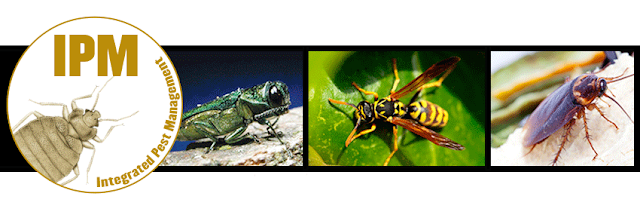Pruning Tips: A Guide to Safe, Efficient Tree Health
Pruning Tips
A Guide to Safe, Efficient Tree Health
A Guide to Safe, Efficient Tree Health
© Sean Xu/Stock Photo
Proper pruning requires careful consideration of the ‘why’, ‘what’, ‘when’, ‘how’ and ‘who’. It is important to consider these points as a tree can be killed from improper pruning techniques. If you are interested in maintaining healthy trees for years into the future, check out our pruning tips below.
WHY: Reasons to Prune a Tree
Why are you pruning your tree? Is it for safety, structure, health or aesthetics? Here are some of the most common reasons to prune a tree:
- Reduce the risk of failure from dead, dying or structurally weak branches.
- Reduce property damage.
- Provide overhead clearance.
- Improve tree structure.
- Correct growth habits.
- Manage tree diseases and insects.
- Manage flower or fruit production.
- Improve sunlight and air circulation.
- Improve aesthetics.
WHAT: Type of Tree Species
What type of tree are you pruning? Is it a broadleaf deciduous or an evergreen conifer? If you can, identify the tree species by name. The type of tree species will determine when and how you apply pruning techniques.
WHEN: Right Time to Prune a Tree
When should you prune your tree or shrub? The timing of pruning depends on both your reason for pruning and the type of species you have.
Safety: Prune trees immediately to avoid potentially serious or lethal damage.
Structure: Prune trees in winter after leaf abscission to visualize the framework of the tree or shrub.
Health: Prune trees in winter during dormancy to decrease harm to the tree and prevent the spread of disease. Exceptions to this rule include maples (Acer spp.) and birches (Betula spp.) because they will bleed sap if cut during winter. You should prune these trees when they’re in full leaf during midsummer.
Aesthetics: Prune spring-flowering plants immediately after flowering and summer-flowering plants in winter or early spring prior to bud break. Hedges and topiaries can be pruned anytime, although it is best to prune these later in the summer to avoid damage to new growth. Remove suckers and epicormic shoots anytime when the weather is warm and dry.
What about conifers? Evergreen conifers generally do not require pruning unless it is for safety, structure or health reasons. For more information on how to prune a coniferous evergreen, check out the Guide to Successful Pruning: Pruning Evergreen Trees by the University of Virginia.
HOW: Executing Proper Pruning Techniques
How should you prune your tree or shrub? Here are some important rules you should adhere to when pruning a branch:
- If a tree is within 33 feet (10 m) of an overhead powerline, consult with a local Certified Utility Arborist (CUA). Do not prune these trees without proper training and certification as the branches can conduct electricity and cause serious harm or even death.
- Adhere to pruning ban bylaws such as the Elm Pruning Ban (April 1 – September 30).
- Use clean, sharp tools to avoid damaging the wood.
- Select bypass secateurs for the cleanest cut.
- Select the proper tool for the branch diameter. For small branches (< 2.5 cm diameter), use a hand pruner. For large branches (2.5–4.0 cm diameter), use a lopper. For very large branches (> 4.0 cm diameter), use a saw.
- Always clean and sanitize your tools between each cut to prevent the spread of disease.
- Do not prune when it is raining. Water can facilitate pathogenic organisms such as bacteria and fungi into fresh wounds and disseminate disease.
- Cut at a 45º angle at the junction away from the bark branch ridge.
- Do not leave stubs as this can interfere with the tree’s ability to compartmentalize.
- Do not cut flush with or into the branch collar, which is the swollen area just outside the junction of the branch and the trunk.
- Do not use tree paint as this can interfere with the tree’s ability to callus a wound.
- Wear Personal Protection Equipment (PPE) such as a hard hat, googles and gloves. If using a chainsaw, use ear protection.
For more advice on proper pruning techniques, read How to Prune Trees by the USDA Forest Service.
WHO: The People Involved
Who are you pruning for? Is it yourself, a friend or a family member? Ensure you consult with the homeowner prior to making any pruning cuts to make sure the task performed is understood and agreed upon.
-
When in doubt, contact a professional to ensure your trees can be enjoyed for years into the future. Contact us for an arboriculture consultation today!
Prairie West Landscapes
3541A 78 Ave SE
Calgary, AB T2C 1J7
(403) 252-6330
info@pwlscapes.com





Comments
Post a Comment